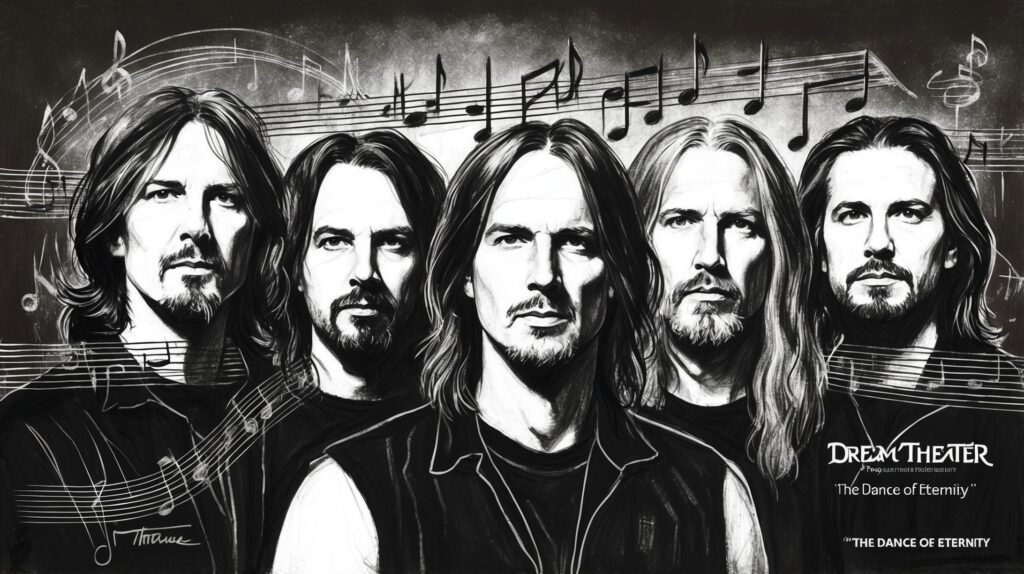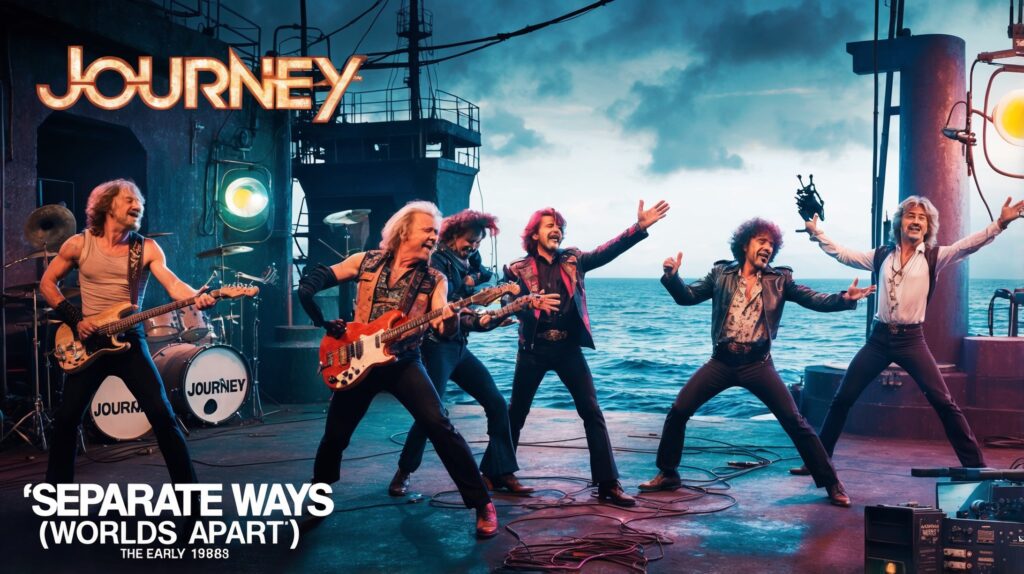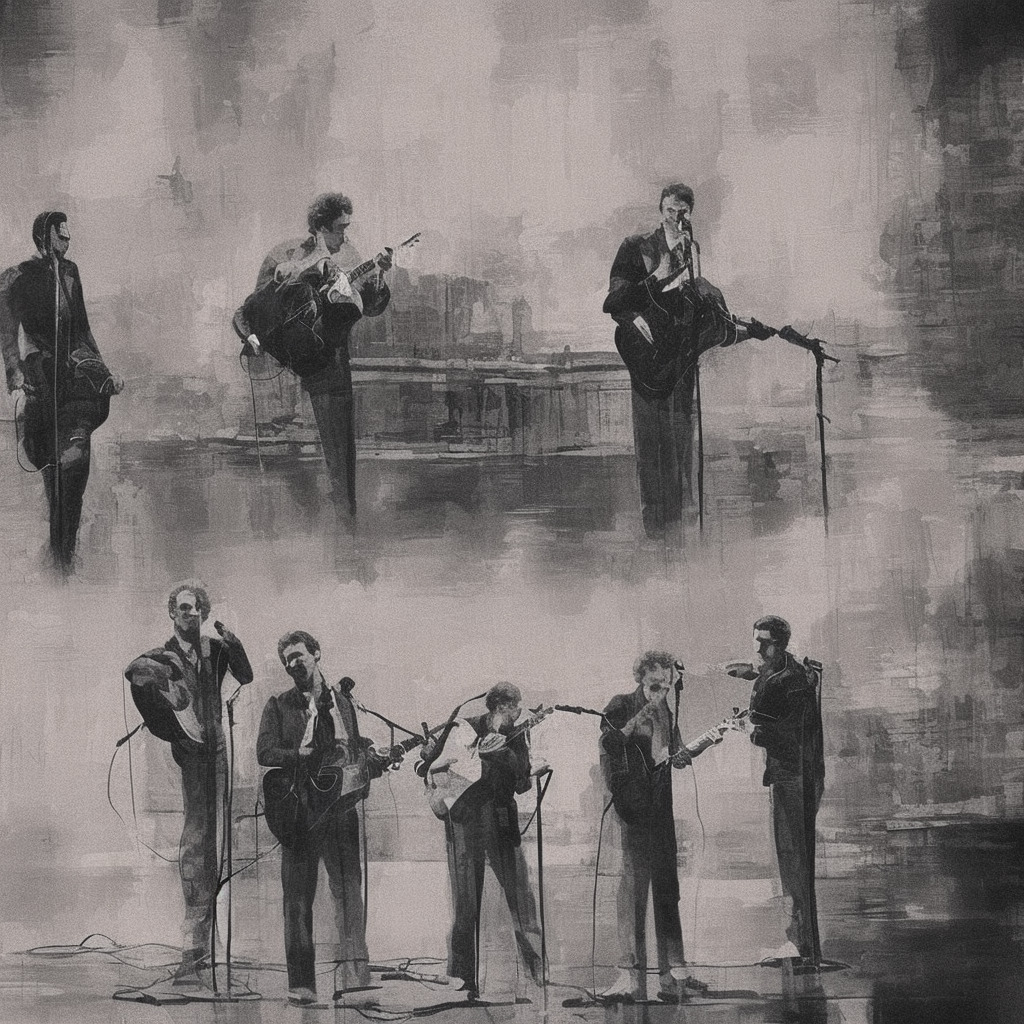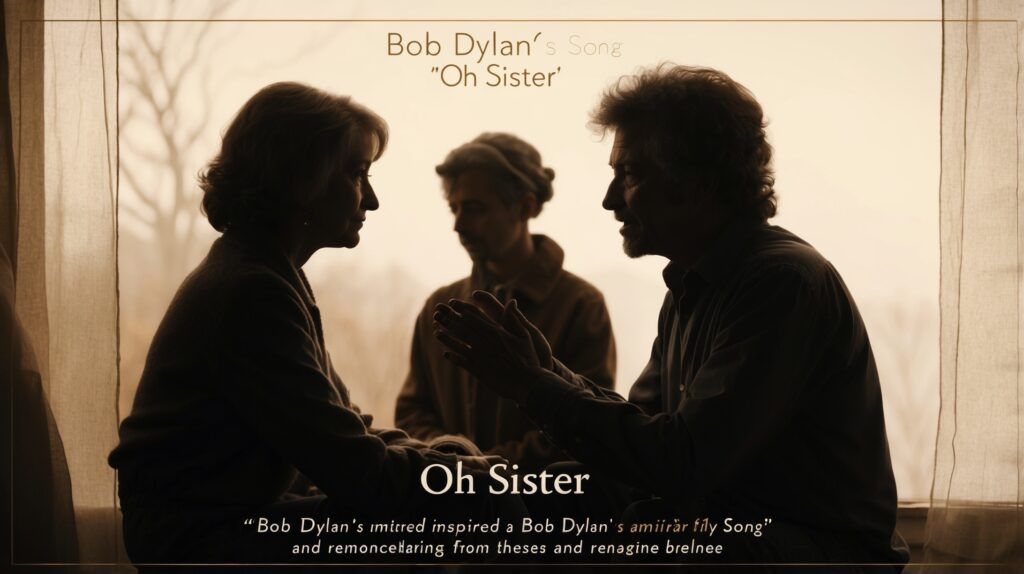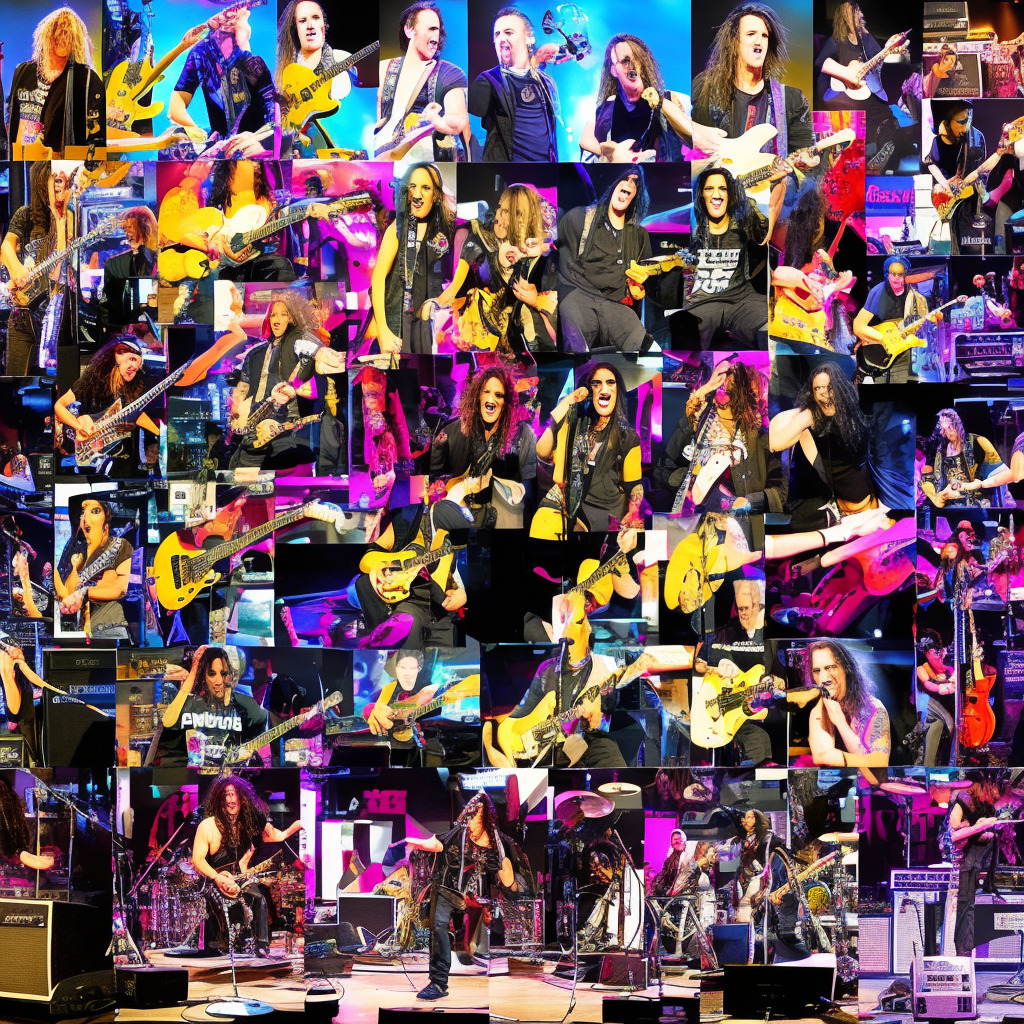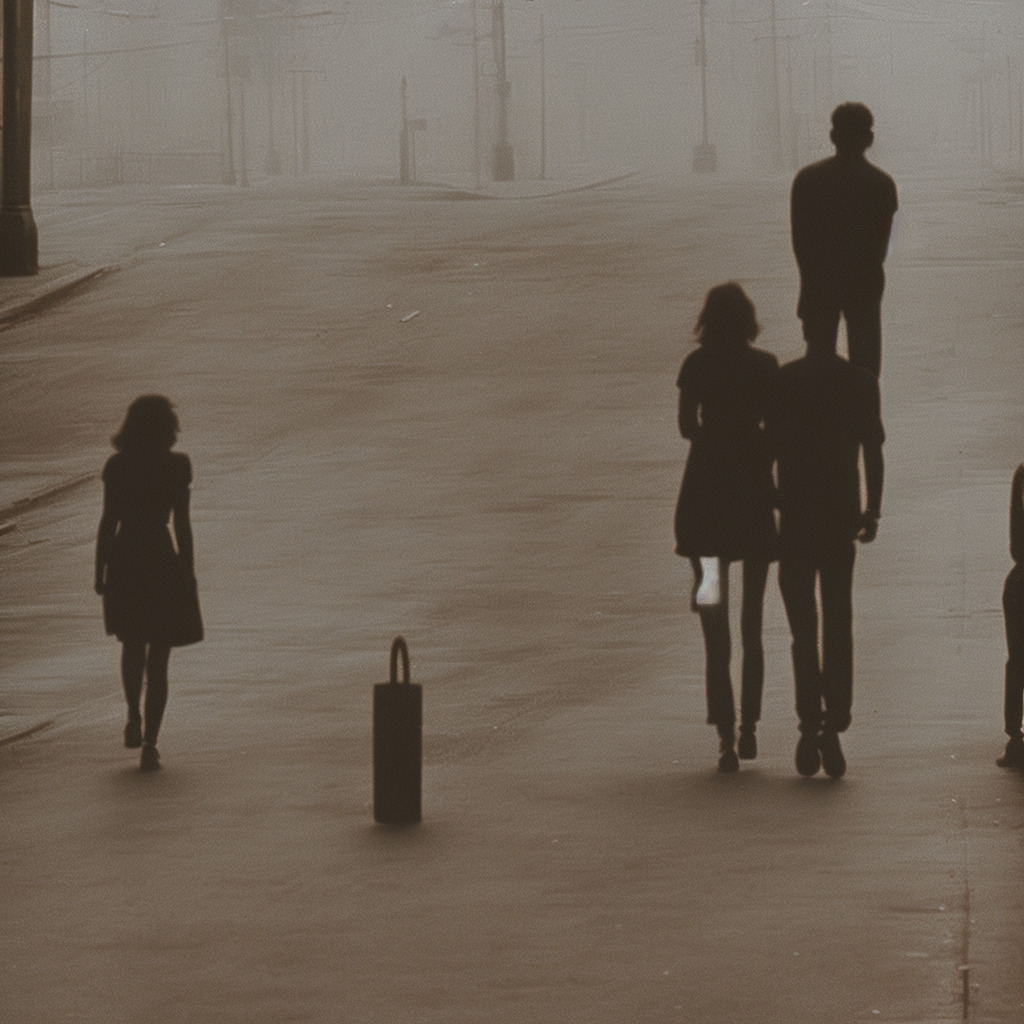Dream Theater: Masters of Progressive Metal
Dive into the world of Dream Theater, the progressive metal pioneers responsible for the intricate and boundary-pushing track, “The Dance of Eternity.” Understand the band’s origins, transformations, and collaborations that define their unique style.
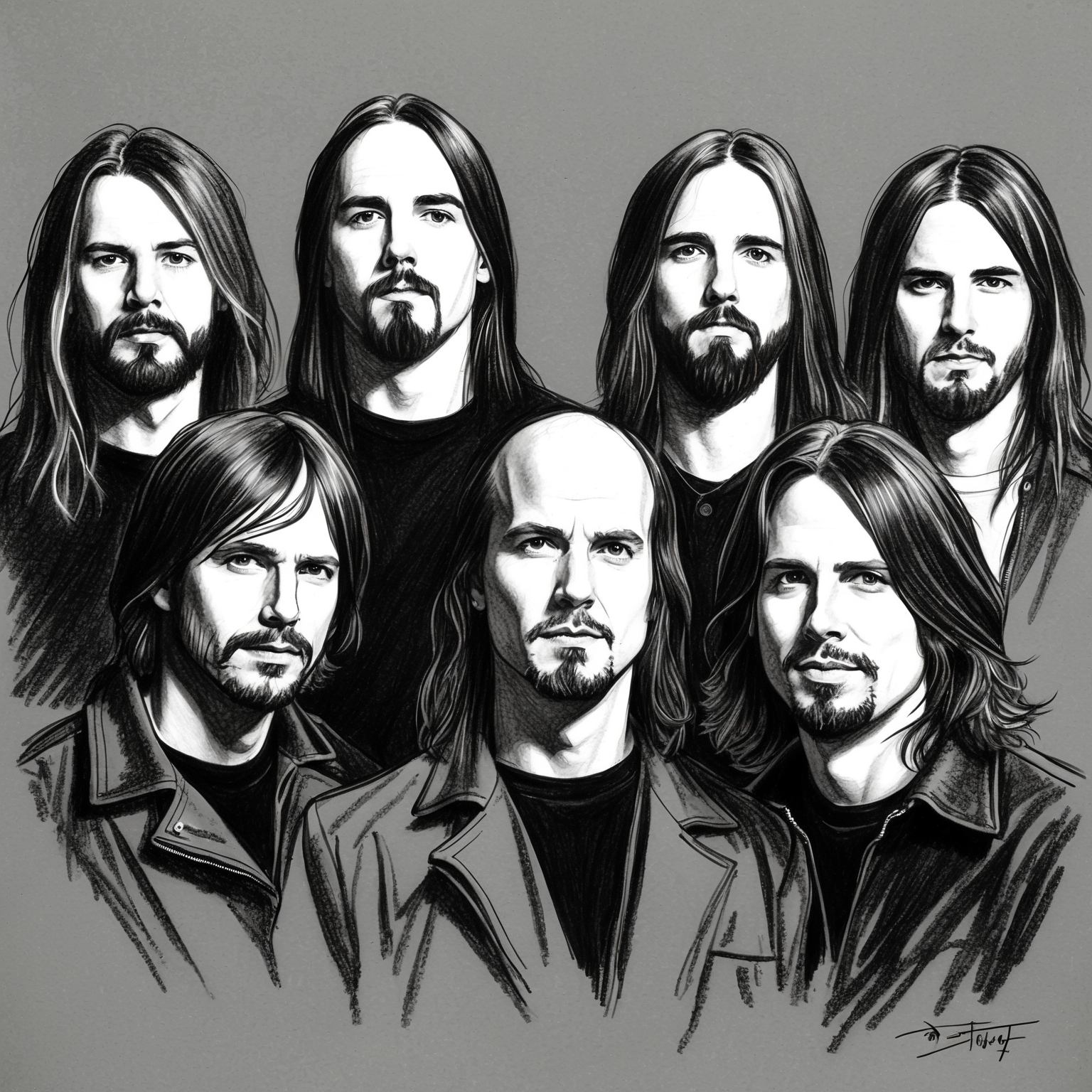
Dream Theater, the iconic progressive metal band, has been a stalwart of the genre since its inception in 1985. Known for their virtuosic musicianship and complex compositions, they have carved a niche for themselves in the world of music with their unique blend of progressive rock and heavy metal elements. “The Dance of Eternity”, a track from their critically acclaimed 1999 album “Metropolis Pt. 2: Scenes from a Memory”, is a testament to their musical prowess and has become one of their defining tracks. Its intricate structure and mind-bending time signatures showcase the band’s commitment to pushing the boundaries of musical creativity.
The band’s origins can be traced back to Berklee College of Music, where founding members John Petrucci, John Myung, and Mike Portnoy met. This trio shared a vision of creating music that was both technically proficient and emotionally resonant, a vision that came to fruition with the formation of Dream Theater. Over the years, they have seen various lineup changes, but the core vision and sound have remained steadfast, attracting a loyal fan base. The era around the release of “The Dance of Eternity” marked a significant period for the band. Their transition from being a promising act to becoming leaders in the progressive metal scene was solidified with the album’s release.
In addition to their internal synergy, Dream Theater has collaborated with numerous artists, contributing to their eclectic sound. These collaborative efforts have allowed them to explore new musical landscapes, resulting in a sound that is constantly evolving but unmistakably their own. The initial reception of “The Dance of Eternity” and its parent album was overwhelmingly positive, with critics and fans praising its complexity and artistry. The late 1990s music scene, characterized by a dominant alternative rock and burgeoning nu-metal movement, made the band’s sophisticated approach stand out even more, cementing their place at the forefront of progressive metal. The creation of “The Dance of Eternity” involved the collective genius of the band members, each contributing to its intricate tapestry, and highlighting Dream Theater’s unrivaled collaborative chemistry.
The Architect behind ‘The Dance of Eternity’
Discover the genius of John Petrucci, the composer behind Dream Theater’s complex masterpiece, ‘The Dance of Eternity.’

When delving into the breathtaking complexity of Dream Theater’s ‘The Dance of Eternity,’ the maestro behind the music, John Petrucci, cannot be overlooked. As a founding member of the progressive metal band, Petrucci’s compositional prowess is both vast and versatile. A graduate of the prestigious Berklee College of Music, his early career saw him honing his skills and forming the band that would eventually become a defining force in progressive metal.
Petrucci’s musical style is characterized by intricate polyrhythms, technical solos, and a deep understanding of musical theory, all of which are evident in ‘The Dance of Eternity.’ His influences span a range of genres and artists, from classical composers like Bach to contemporary guitarists like Steve Morse. This eclectic mix comes to life in his compositions, merging technical proficiency with emotive musical storytelling.
Collaborations have also been a significant part of Petrucci’s career, particularly with fellow Dream Theater members. His partnership with drummer Mike Portnoy, another founding member, yielded a remarkable synergy evident in their musical ventures. In ‘The Dance of Eternity,’ Petrucci’s knack for blending intricate instrumental parts with fluidity is indicative of his unique style and approach to composition.
A Glimpse into the Song’s Legacy
“The Dance of Eternity” by Dream Theater is a progressive metal staple revered for its complexity rather than mainstream accolades. It inspires musicians globally, evident from numerous online covers, and is utilized as challenging audition material in educational settings.
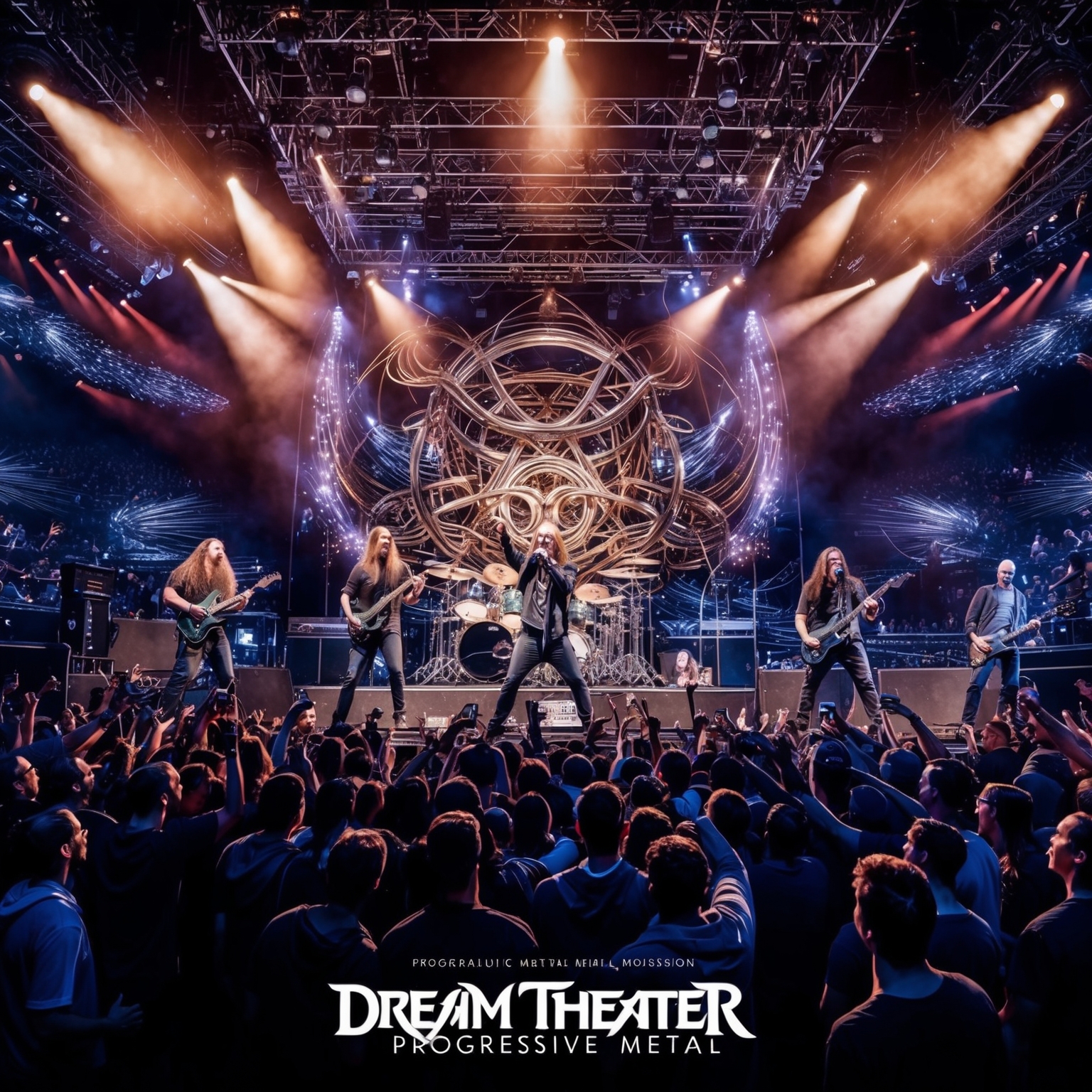
Despite its reputation as a fan-favorite instrumental piece, “The Dance of Eternity” by Dream Theater is not often highlighted for traditional awards and nominations. This progressive metal masterpiece is more celebrated within the specific circles of musicians and aficionados who appreciate its technical prowess and masterful composition. While it lacks mainstream accolades, the song holds a special place in the hearts of progressive metal fans worldwide.
“The Dance of Eternity” serves as a benchmark for many aspiring musicians, demonstrated by the numerous covers available online. The song’s intricate time signatures and complex musical passages have been tackled by various musicians, often shared on platforms such as YouTube. These covers exemplify the song’s impact, inspiring musicians across genres to test their skills and creativity.
Though it hasn’t made appearances in movies, TV shows, or video games, the song is frequently used as audition material for music schools and universities, highlighting its technical difficulty and the respect it garners within the music community. It represents a rite of passage for many students aiming to master complex music theory and instrumentation.
Charting the Unconventional Path of ‘The Dance of Eternity’
Explore the unique chart journey and cultural impact of Dream Theater’s ‘The Dance of Eternity’, a progressive metal masterpiece that defies traditional mainstream metrics while maintaining a dedicated fanbase and a significant presence in its genre.
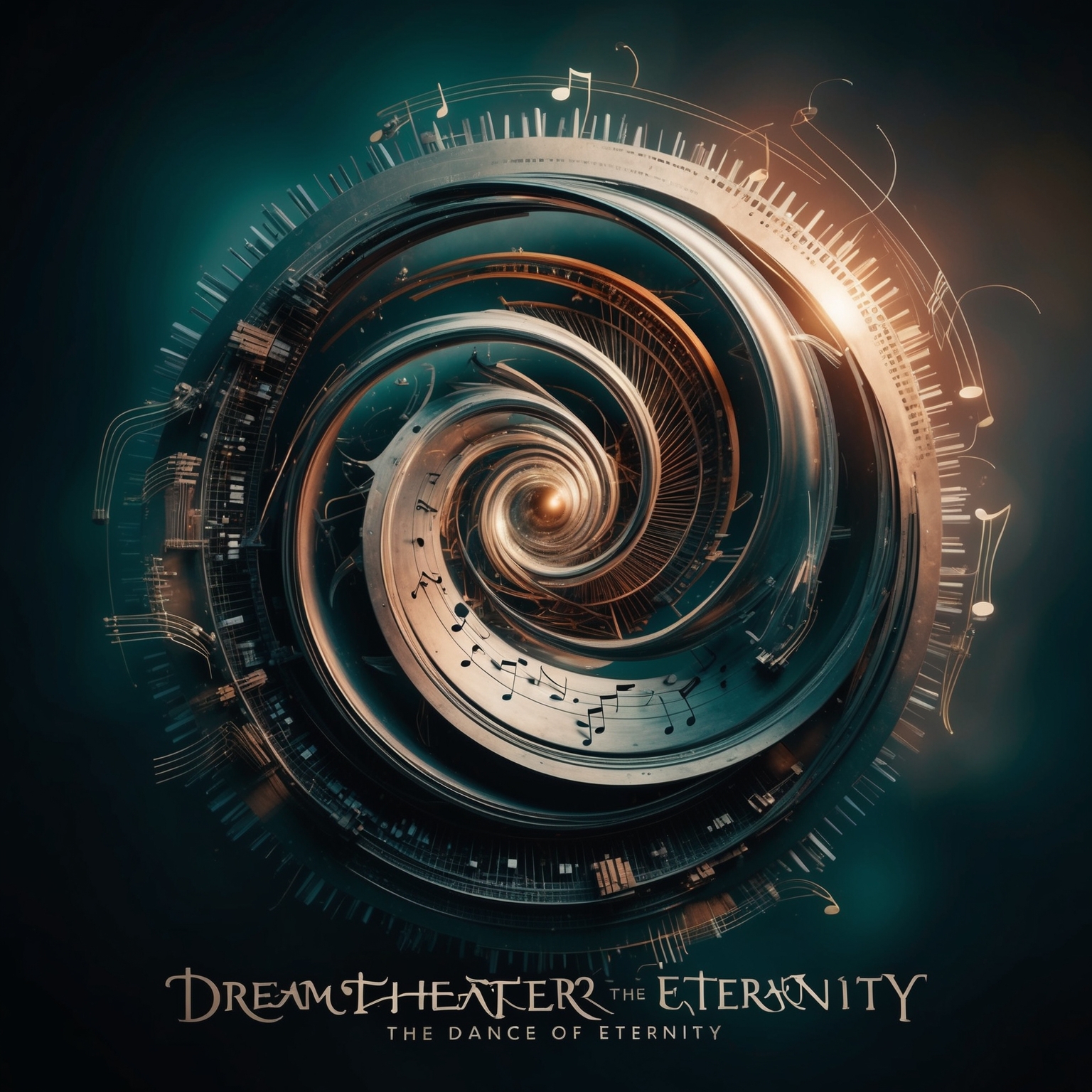
The realm of progressive metal is not traditionally dominated by chart-toppers, and Dream Theater’s ‘The Dance of Eternity’ is no exception. Released as part of their 1999 album ‘Metropolis Pt. 2: Scenes from a Memory’, the track itself did not soar to the top of mainstream charts. However, what it may lack in typical chart success, it compensates with a dedicated fanbase and monumental influence within its genre.
Unlike conventional singles that aim for radio airplay, ‘The Dance of Eternity’ stands as an instrumental piece, showcasing the band’s technical prowess and compositional complexity. As such, its initial chart numbers may not reflect its cultural significance, but they highlight the song’s unconventional appeal to progressive metal aficionados worldwide. The track did not enter Billboard’s Hot 100, yet it propelled the album to secure a firm spot in the hearts of Dream Theater’s fan community.
In context, Dream Theater’s music has always danced to its own rhythm, consistently defying mainstream pop standards. With ‘The Dance of Eternity’, the band cemented their place as virtuosos in their field, greatly influencing the progressive metal scene. The track’s popularity on streaming platforms like Spotify and Apple Music, where it routinely garners attention and inclusion in progressive playlists, demonstrates its lasting appeal and financial success.
Visual Journey: Fans Bring ‘The Dance of Eternity’ to Life
Without an official music video, ‘The Dance of Eternity’ by Dream Theater finds expression in fan-made videos and live performance renditions, showcasing the band’s virtuosity and engaging a throng of enthusiastic viewers.
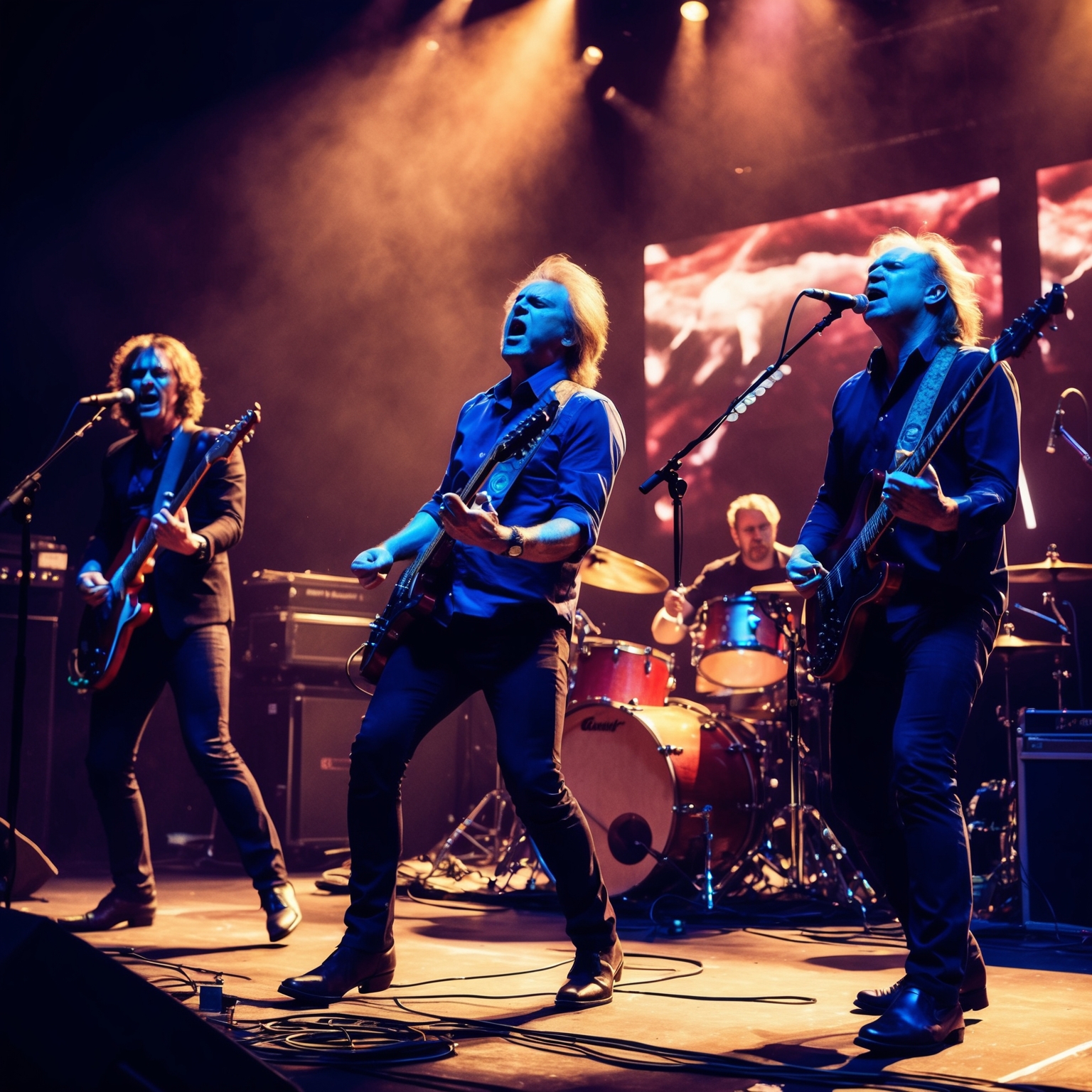
While ‘The Dance of Eternity’ by Dream Theater does not have an official music video, its technical brilliance and complex structure have inspired countless fan-made videos and live performance recordings that beautifully capture its essence. The absence of an official video has led fans to creatively interpret the song’s abstract and intricate nature through various platforms.
One popular interpretation found on video platforms is the live performance renditions of ‘The Dance of Eternity.’ These live versions showcase the band’s remarkable musicianship, with close-ups of the band members’ instrumental virtuosity, including John Petrucci’s guitar wizardry and Mike Portnoy’s dynamic drumming. Fans who couldn’t witness their concerts in person often relish these recordings, bringing them a step closer to the concert’s electrifying atmosphere.
Another common approach is cinematic and interpretive fan videos that creatively weave visuals in sync with the song’s dramatic shifts. Enthusiasts often use animations, time-lapses, and abstract visuals to resonate with the complexity and intensity of the composition. Such collaborative creativity not only expands the song’s reach but also adds layers of interpretation, opening the doors for new visual experiences.
Exploring the Complex Musical Landscape of ‘The Dance of Eternity’
Dive into the technical mastery and intricate composition of Dream Theater’s ‘The Dance of Eternity.’ This section explores the song’s complex musical structure, encompassing its diverse time signatures, key changes, and instrumental proficiency.
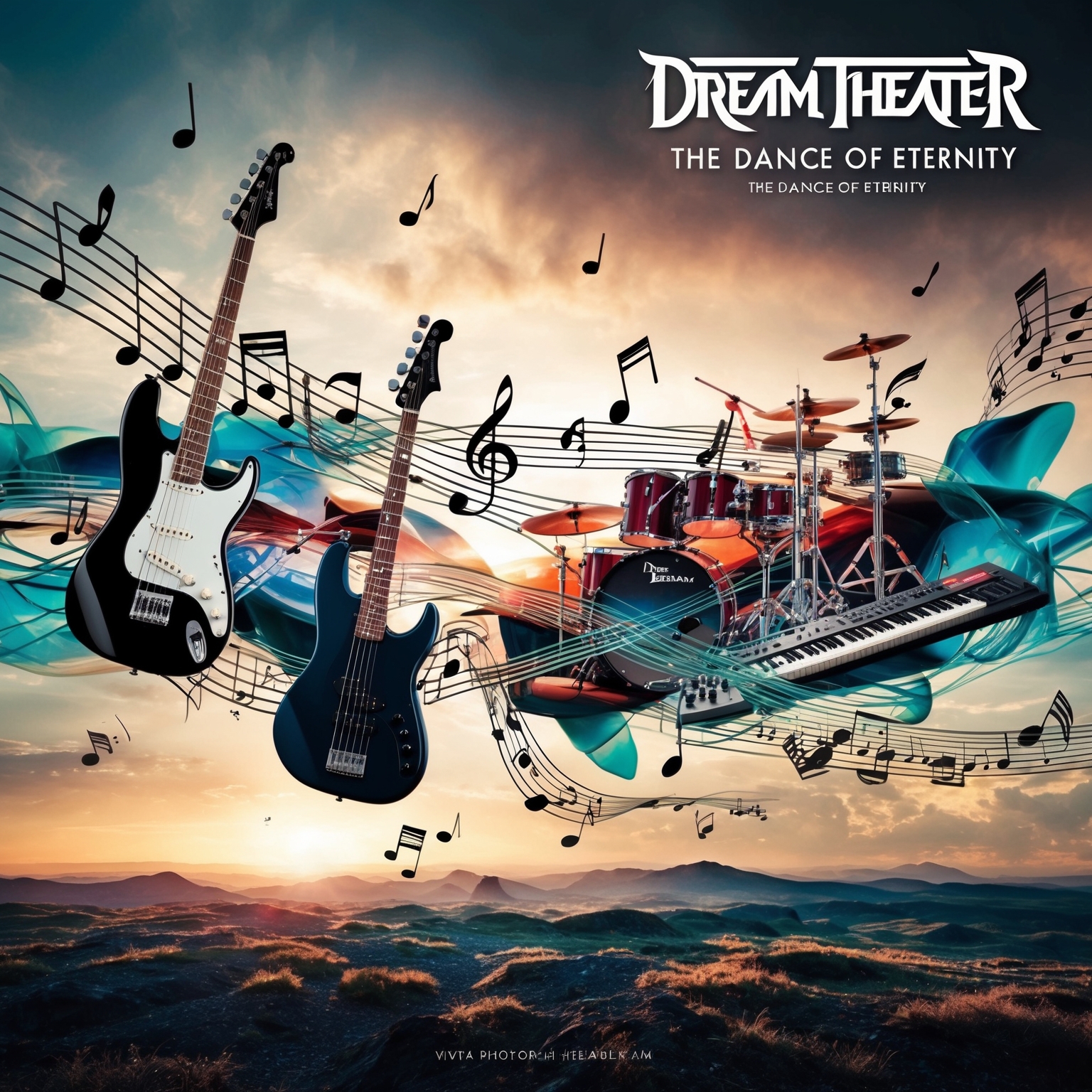
‘The Dance of Eternity’ by Dream Theater is a tour de force of progressive metal, epitomizing the technical mastery and complexity the band is renowned for. The song is notable for its intricate structure, featuring over 100 time signature changes, a hallmark of Dream Theater’s compositional style. Written primarily in the key of D minor, the piece weaves through a vast array of musical landscapes, incorporating both classical and jazz influences with ease and sophistication.
The harmonic progression of ‘The Dance of Eternity’ is both labyrinthine and exhilarating, with an ever-shifting tempo that keeps listeners on their toes. Utilizing odd time signatures such as 5/4, 7/8, and even 13/16, the rhythm keeps the audience engaged and creates a sense of perpetual motion. Complementing this are moments of straightforward 4/4 that provide brief respites before diving back into more complex territory.
The arrangement showcases impressive instrumental proficiency, featuring John Petrucci’s guitar wizardry, John Myung’s intricate bass lines, and Mike Portnoy’s dynamic drumming. Jordan Rudess on keyboards brings a nuanced layer to the composition, providing both harmonic depth and melodic embellishments. James LaBrie’s vocals are absent in this instrumental track, allowing the instrumentation to fully display the band’s technical prowess. ‘The Dance of Eternity’ stands out in Dream Theater’s discography, marking a peak in their creative endeavors. Compared to earlier works like ‘Metropolis Pt. 1,’ it signifies a refinement in complexity and musical expertise. Anecdotes from the recording sessions often highlight the meticulous attention to detail producer Mike Portnoy demanded, resulting in a track that remains a benchmark for progressive metal excellence.
Exploring Instrumental Complexity in Dream Theater’s ‘The Dance of Eternity’
Delve into Dream Theater’s ‘The Dance of Eternity,’ a song that breaks away from traditional lyrical storytelling, relying on instrumental virtuosity to convey a narrative symphony full of emotion and complexity.
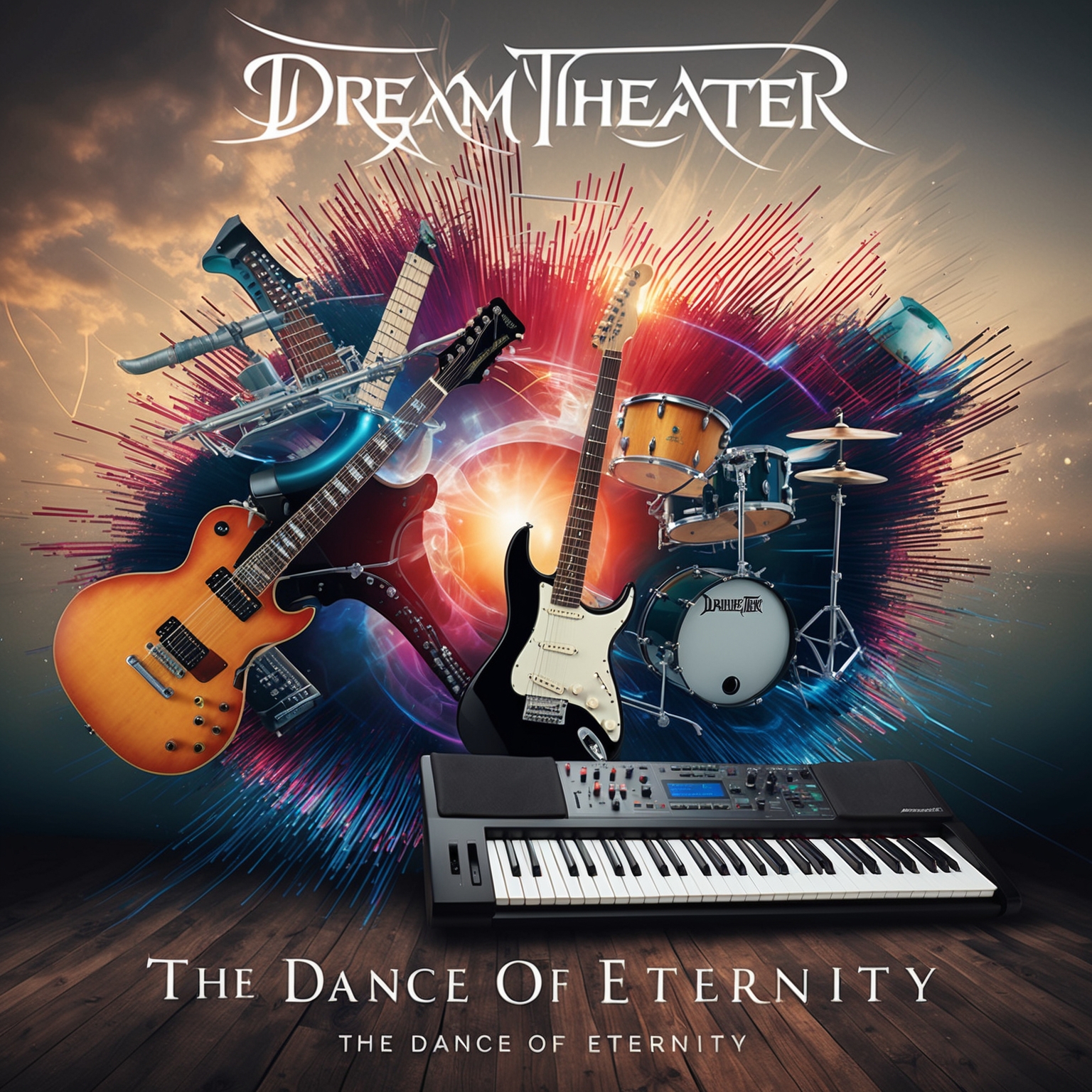
Dream Theater’s ‘The Dance of Eternity’ stands out in their discography as a unique track for its instrumental nature, which eschews traditional lyrics in favor of a complex tapestry of musical virtuosity. This decision pushes the boundaries of typical song structure, relying on instrumentation alone to convey emotion, a rarity in progressive metal where lyrics often play a central role. Instead of lyrical storytelling, Dream Theater opts for a narrative symphony composed of carefully interwoven musical themes and technical prowess.
Thematically, the composition might be viewed as an exploration of chaos and harmony. Without traditional lyrics, the band uses intricate time signatures and syncopation to lead the listener through a dynamic journey. This format allows each instrumentalist their moment to shine, creating an auditory experience that is both collaborative and competitive, merging fluidly into a cohesive piece of art.
Listeners might draw parallels between the thematic progression of ‘The Dance of Eternity’ and works by classical composers, such as Stravinsky or Rachmaninoff, who also employed intense and intricate arrangements to tell stories without words. Through its complex arrangements and shifts in tempo, the track communicates an array of emotions, from tension to resolution, akin to a narrative arc found in symphonic pieces. This orchestral character challenges listeners to engage with the song beyond traditional lyrical interpretation, inviting them to discover its depths through music alone.
Dive into 104 mind-bending time signatures with Dream Theater’s The Dance of Eternity! 🤯🎸 It’s a prog-metal masterpiece of epic twists! #DreamTheater #ProgMetal #MusicGenius 🌟🎶 tinyurl.com/2p83mhas
Click to Tweet

